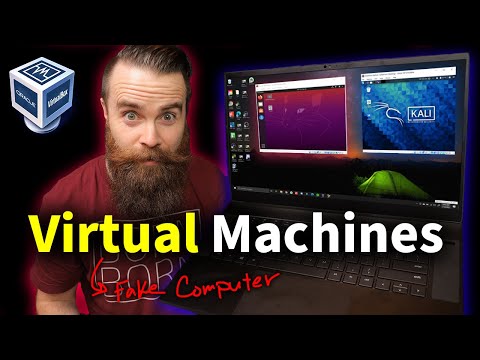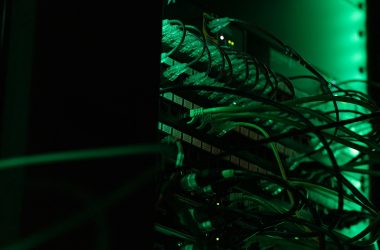Virtual machines are revolutionizing the way individuals and businesses alike approach computing, offering unparalleled flexibility and control over system configurations. In a recent video, the merits and applications of virtual machines were highlighted, providing valuable insights for those looking to delve into hacking, learn Linux, or simply understand the concept of virtual machines. This article summarizes the key points from the video, elucidating what virtual machines are, why they are essential, and how to set them up.
Virtual machines (VMs) are essentially emulations of physical computers. They allow users to run multiple operating systems on a single physical machine by using a hypervisor to create and manage these virtual environments. For those new to the concept, a virtual machine is like having a separate computer within your existing computer, complete with its own operating system, applications, and dedicated resources such as CPU, RAM, and storage.
The appeal of virtual machines is multifaceted. For aspiring hackers, VMs provide a safe environment to practice and hone their skills without risking the integrity of their primary operating system. This isolation is crucial when experimenting with potentially dangerous tools or scripts, as any damage or malware encountered within the virtual machine is contained, leaving the host system unaffected.
Similarly, those looking to learn Linux or other operating systems can benefit greatly from using VMs. Instead of needing multiple physical computers or constantly reinstalling different operating systems, users can easily switch between various OS environments. This flexibility is especially beneficial for IT professionals and developers who need to test software across different platforms.
Setting up a virtual machine is a straightforward process, thanks in part to tools like Oracle’s VirtualBox, a popular and free hypervisor. The video walks through the steps of installing VirtualBox, setting up a VM, and configuring it to run operating systems like Kali Linux or Ubuntu. The process begins with downloading and installing VirtualBox, followed by creating a new virtual machine instance. Users can allocate resources to the VM, such as CPU cores and memory, based on the capacity of their physical machine.
Once the virtual machine is created, an operating system must be installed. This is done by using an ISO file, a digital copy of an installation disk. For instance, the video demonstrates installing Kali Linux by downloading its ISO file and loading it into the virtual machine. The VM then boots from this ISO file, allowing the user to proceed with the OS installation as if they were using a physical machine.
One of the significant advantages of using virtual machines is their ability to isolate different computing environments. This isolation ensures that any changes, configurations, or installations within the VM do not affect the host system. This feature is particularly useful for cybersecurity professionals who can use VMs to safely conduct penetration testing and other security assessments.
Moreover, VMs offer great convenience in terms of resource management and scalability. Users can easily create snapshots of their VM’s current state, allowing them to revert to a previous configuration if something goes wrong. This capability is invaluable during software development and testing phases, where reverting to a stable state can save time and prevent data loss.
The video also highlights the concept of Type 1 and Type 2 hypervisors. Type 1 hypervisors, such as VMware’s ESXi, run directly on the hardware, providing better performance and resource management. These are typically used in enterprise environments. Type 2 hypervisors, like VirtualBox, run on top of an existing operating system, making them more suitable for individual users and small-scale applications.
Beyond learning and development, virtual machines are integral to modern IT infrastructure. They enable efficient use of physical resources, reduce hardware costs, and provide a flexible environment for deploying applications. In business settings, VMs can support cloud computing, virtualization of servers, and creation of robust disaster recovery systems.
In conclusion, virtual machines are a powerful tool for anyone interested in computing, from hobbyists and students to IT professionals and businesses. They provide a versatile, cost-effective solution for running multiple operating systems, testing software, and conducting secure, isolated experiments. The video effectively demonstrates the setup and advantages of VMs, making it clear that embracing this technology can significantly enhance one’s computing capabilities and knowledge.









